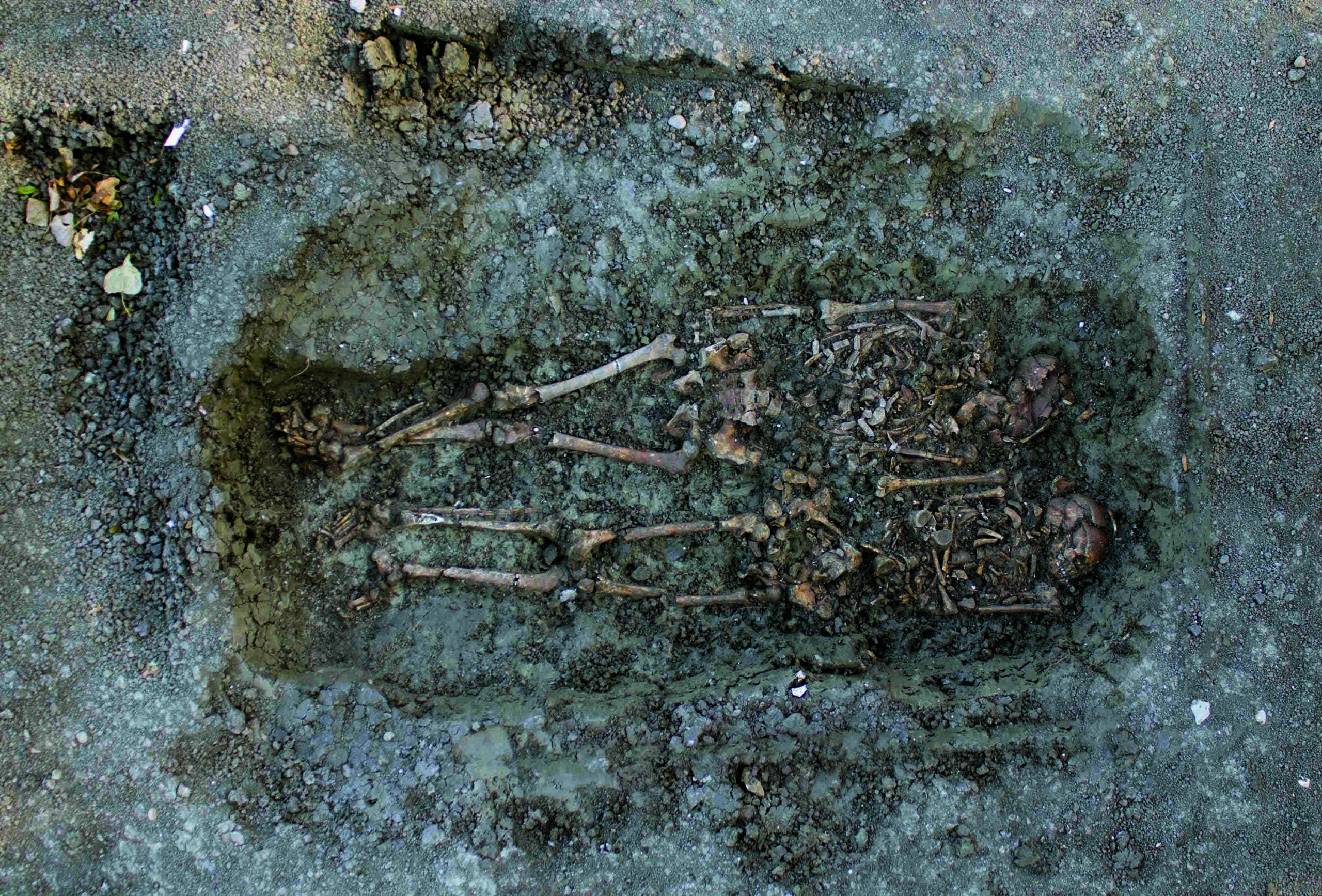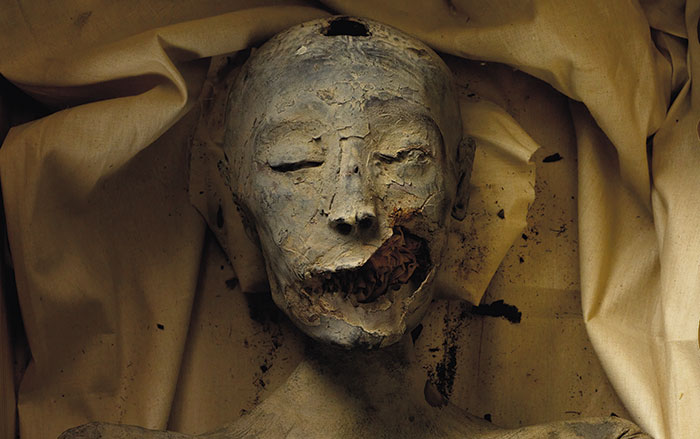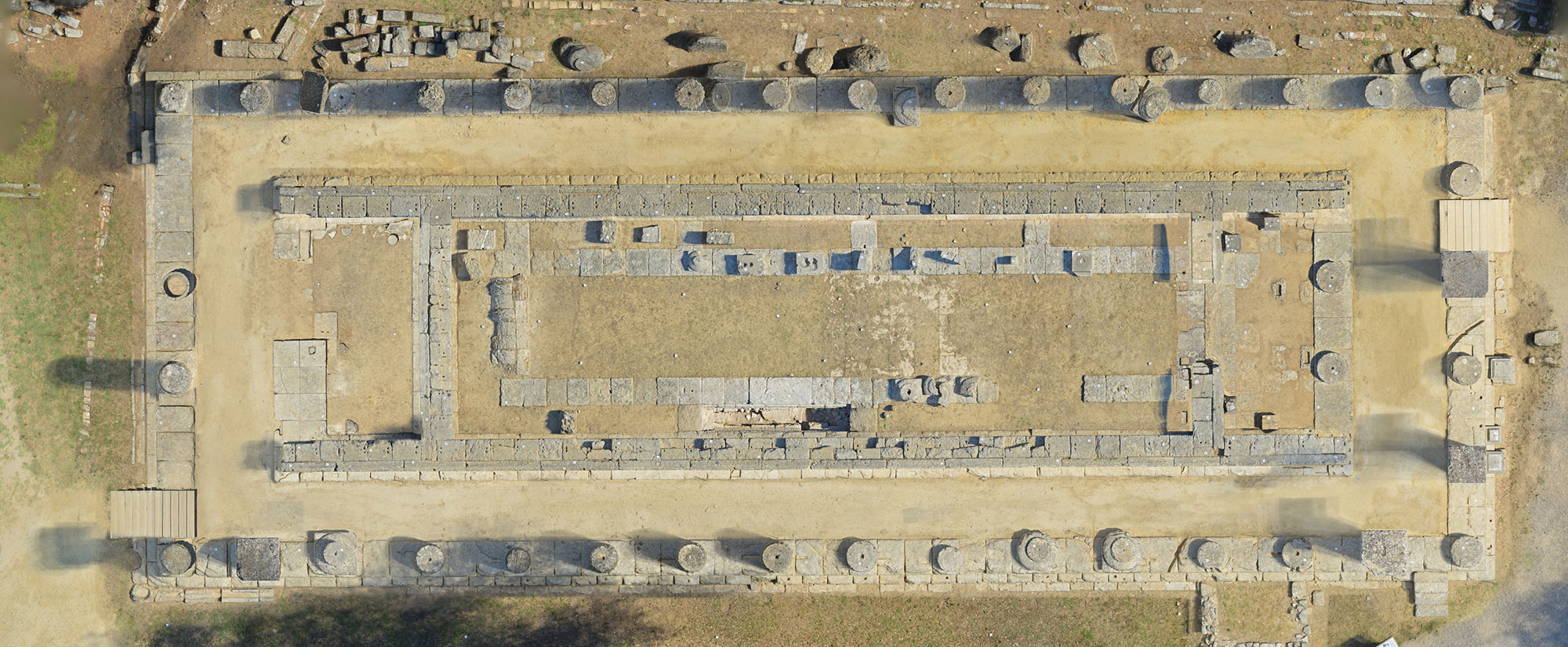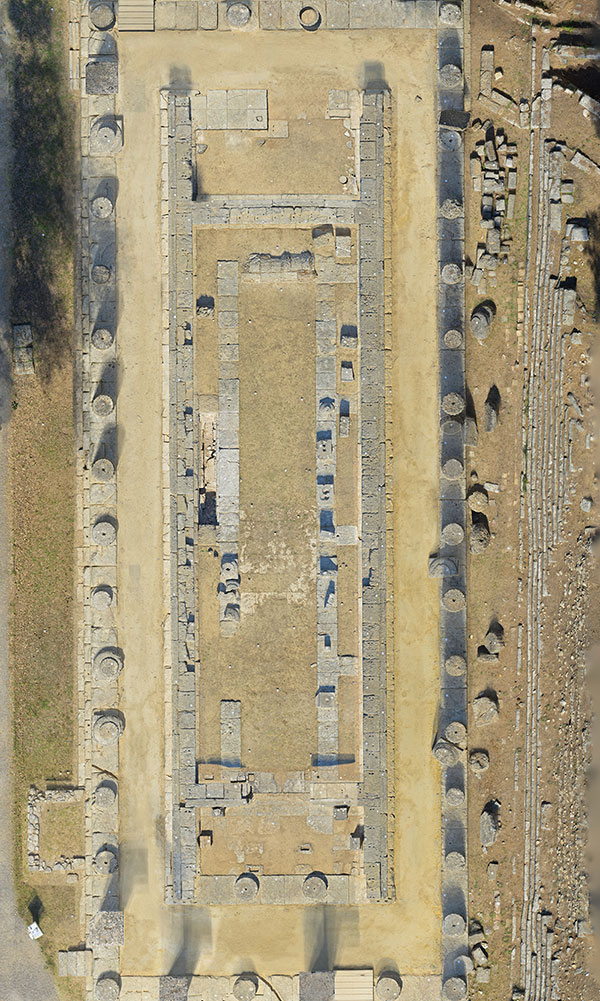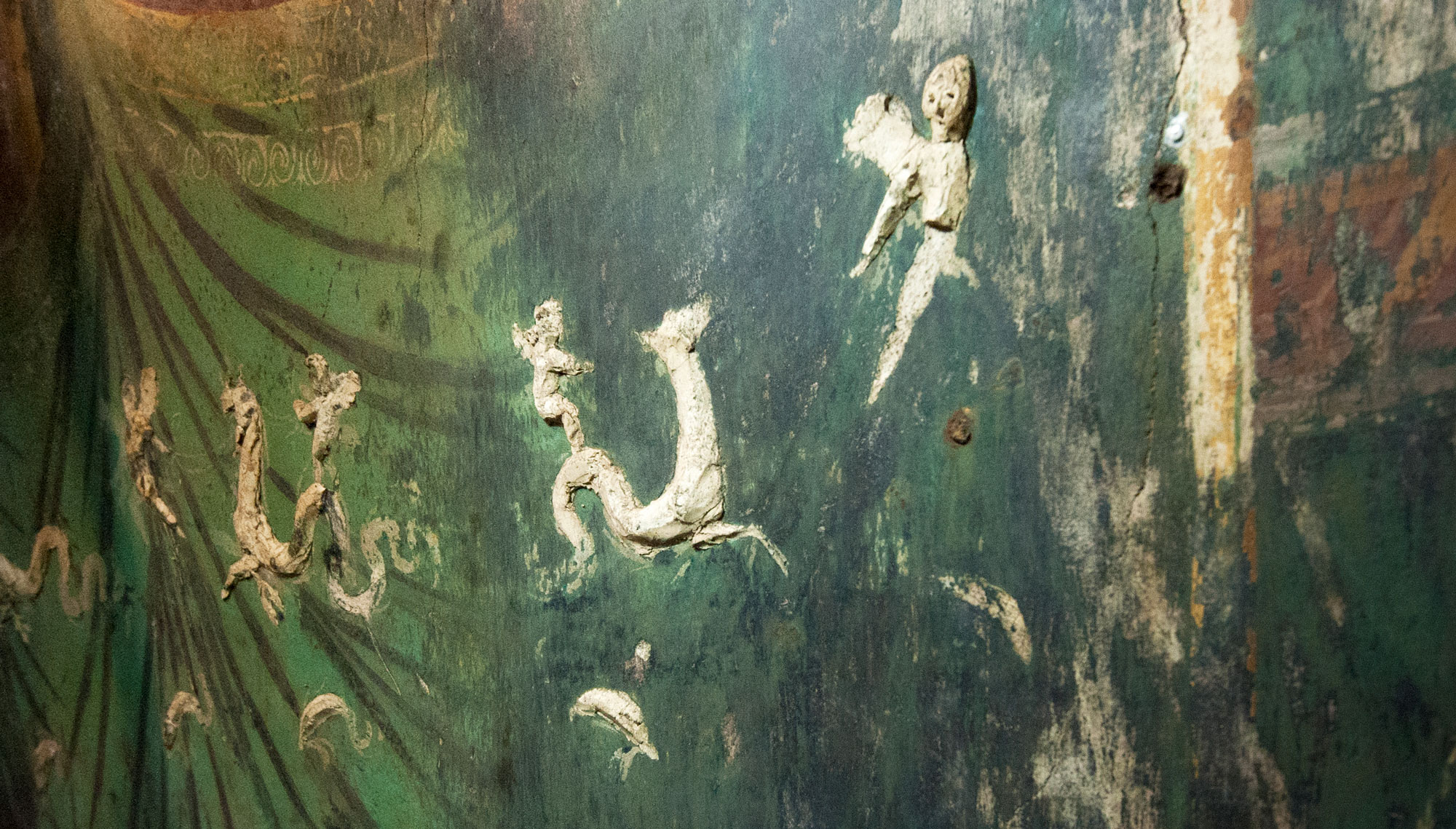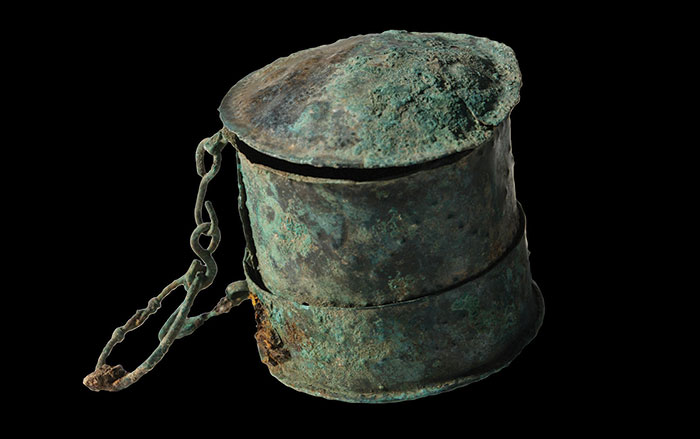
LUND, SWEDEN—Motherboard reports that human bones discovered at Leine Castle in Niedersachsen, Germany, are thought to belong to Philip Christoph Königsmarck, a Swedish count who disappeared in 1694 after visiting his mistress, Princess Sophia Dorothea of Celle. She was unhappily married to Georg Ludwig, prince elector of Hanover, who later became King George I of England. More than 300 love letters, some of which were written in cipher, between Königsmarck and the princess have been preserved at Lund University. The two had planned to run away together, but their affair was revealed and Königsmarck disappeared. Many suspected that Ludwig had the count murdered, but Königsmarck’s body was never found. (Ludwig exiled Sophia Dorothea to Castle Ahlden, where she died, 32 years later.) A team of researchers from the University of Göttingen will try to match DNA samples from the bones with samples from Königsmarck’s living relatives. To read about another discovery in Germany, go to “World’s Oldest Pretzels.”



